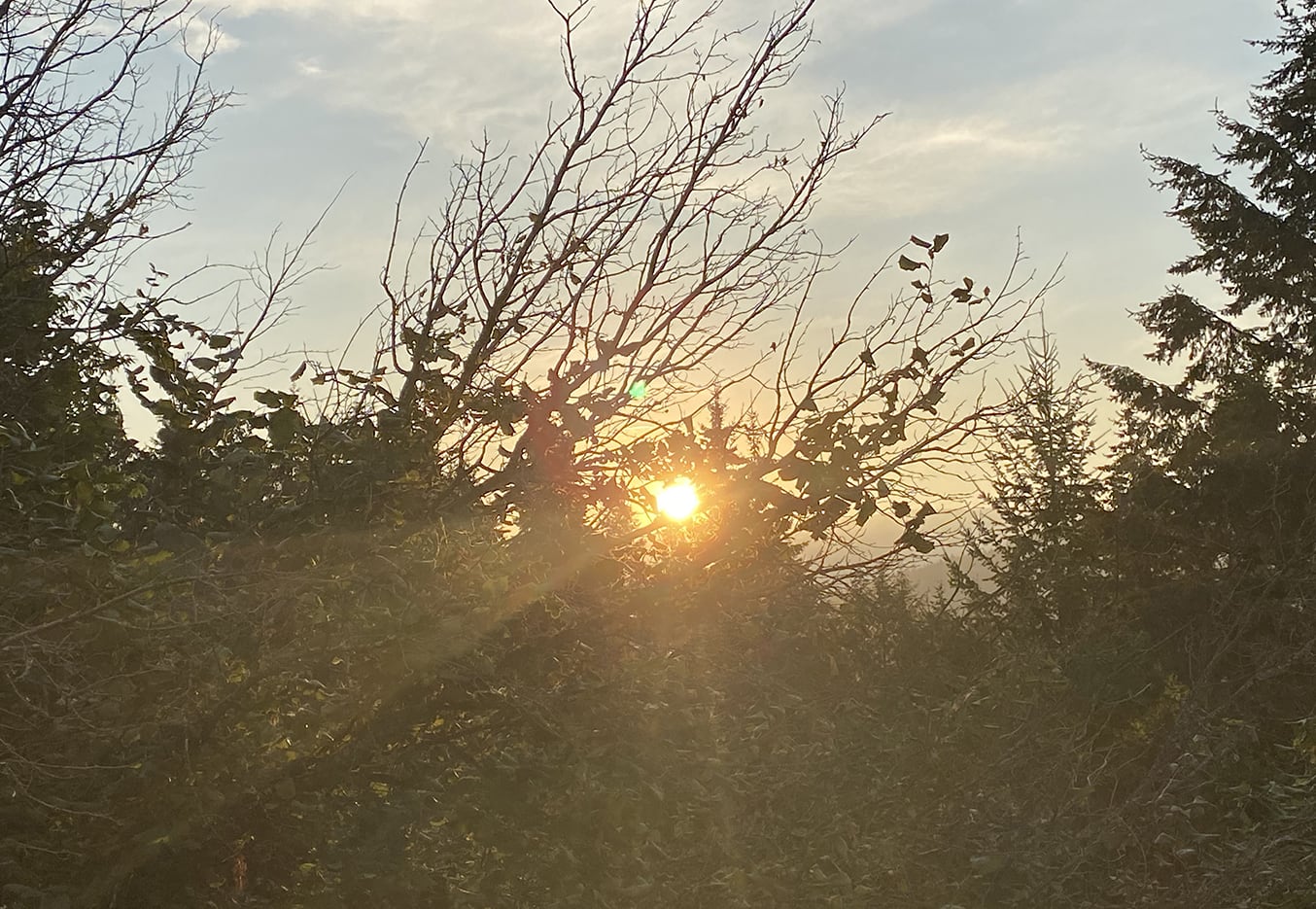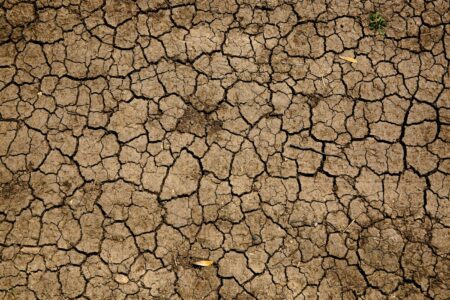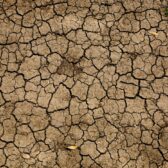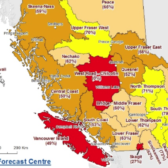Above-average temperatures dominate month of August
Above-average temperatures and drier than normal conditions dominated through the month of August said the Southeast Fire Centre monthly climate summary media release.
The climate summary said the upper flow pattern remained active through the period with only a few occurrences of a blocking area of high-pressure maintaining cloud-free skies for more than 48 hours.
“The frontal waves, upper lows, and upper troughs that passed over the area brought only 21 percent of the normal amount of precipitation (6.4mm this year compared to an average of 30.4mm), and the mean monthly temperature was 2.7 degrees above normal,” the climate summary said.
“Bands of subtropical moisture entrained in a southwesterly flow aloft brought a brief period of moderate to heavy rain along with dime-sized hail and gusty winds during the evening of (August) 11th.”
The climate summary said an uncommon pattern involving a small upper low tracking slowly eastward along the US border through the base of a strong upper ridge brought thunderstorms between roughly (August)21st and (August) 26th, many of which being relatively dry with local rainfall amounts ranging from nil to 0.2mm each day.
The climate summary said the lowest temperature of the month was +6.7 degrees on the morning of August 28th within the cool, clear, and calm airmass that followed in behind a weak cold front the day before.
The highest temperature of the month was 36.6 degrees (all-time high for August is 40.0).
“One new daily max temperature record was set on (August) 30th at 35.6 degrees, beating the previous record for that day (35.0) set in 1967,” the climate summary said.
Late Tuesday, Environment Canada issued a Special Air Quality Statement for the West Kootenay, Kootenay Lake, East Kootenay, Arrow and Slocan Lake and Elk Valley regions.
Environment Canada said several Regions of BC are being impacted or are likely to be impacted by wildfire smoke over the next 24 hours.
“Smoke impacts are mostly expected to be local, with highest impacts to air quality near fire activity. Conditions may be variable or worsen as wildfire behaviour changes,” Environment Canada said.
Environment Canada suggests in general, wearing a mask is not the best way to protect your health during a smoke event.
“In fact, masks may lead to a false sense of security, which may encourage increased physical activity and time spent outdoors, meaning increased exposure to smoke,” Environment Canada said.
“They can also make breathing more difficult.”
Environment Canada said those having breathing difficulties should stay inside and find an indoor place that’s cool and ventilated.
“Using an air conditioner that cools and filters air may help,” Environment Canada said.
“If you open the windows you may let in more polluted air. If your home isn’t air-conditioned, consider going to a public place (library, shopping mall, recreation centre) that is air-conditioned.”

























